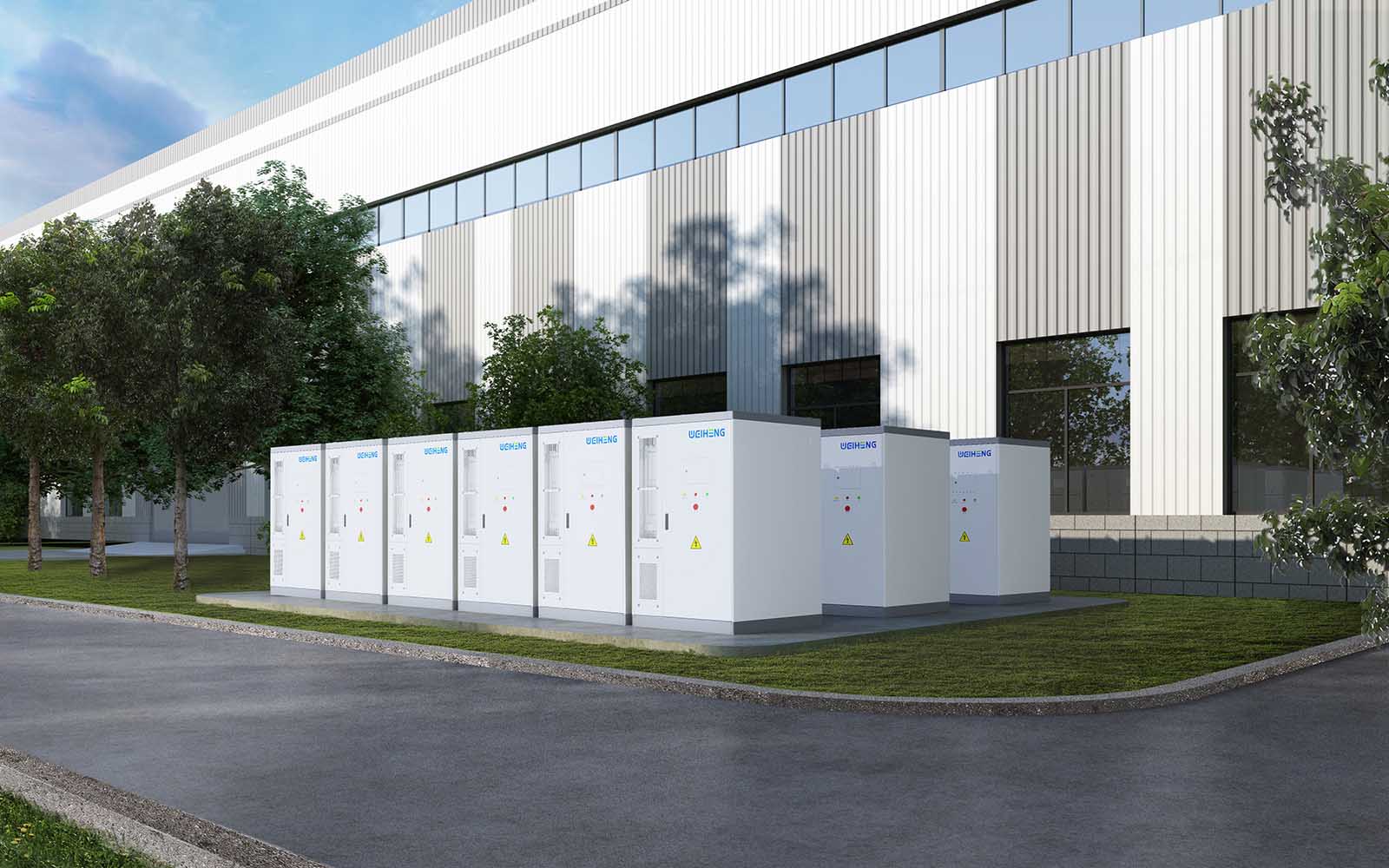
Often, the first question that comes up when thinking about installing a Battery Energy Storage System (BESS) is, “How much battery storage do I need?” This concerns both preparing for future energy needs and satisfying present ones. This book explores the essential components of comprehending the needed capacity as well as the scalability of battery storage options.
Its purpose is to enable you to make well-informed choices that maximise energy management for both short and long-term gains, so that your battery storage investment effectively achieves your energy objectives.
Key Factors in Determining Battery Capacity
To provide a correct response to the question, “How much battery storage do I need?” numerous influencing elements must be assessed. Initially, your energy consumption is quite important. This is figuring out your average daily energy consumption, which affects the capacity required in your BESS directly. One can improve this even more by knowing when appliances use the most energy and when they are most used.
Second, one should think about energy production from wind or solar energy. Should it not be used right away, any excess energy generated during peak hours should be kept for later use.
Finally, backup needs are crucial, particularly for continuity in case of power interruptions. Your storage requirements can vary greatly according to how much power you need—a few hours or several days. A stronger system would be necessary, for example, if keeping key medical equipment operational during a blackout was essential.
These components, taken together, provide the basis for determining how much battery storage you require so that your system is neither overburdened nor underused.
Calculating Your Needs
According to Ofgem, the average 2-3 bedroom household has an annual electricity use of around 2,700 (kWh). However, every person has their own circumstances, so it’s best to use maths in order to get a rough estimate.
Using a straightforward calculation that takes into account your daily energy consumption and how long you require the device to function without external power makes determining the right quantity of battery storage easy. How to deconstruct it is as follows:
Calculate Daily Energy Use: Discover your daily energy consumption in kilowatt-hours (kWh).
Determine Days of Autonomy: Select the number of days you want your system to run without requiring a recharge.
Multiply for Basic Capacity: To calculate the necessary fundamental storage capacity, multiply your daily energy use by the number of days of autonomy.

For instance, if your daily energy use is 30 kWh and you want your system to last for two days on its own, you would calculate:
Needed Capacity = 30 kWh/day × 2 days = 60 kWh
But to make up for system inefficiencies and guarantee dependable performance, it’s good practice to add around 20% extra capacity.
This calculation would look like:
Total Recommended Capacity = 60 kWh + 20% = 72 kWh
This figure (72 kWh) tells you the total amount of battery storage recommended, answering the question, “How much battery storage do I need?” and providing a buffer for any unexpected increases in usage or inefficiencies.
Exploring Scalability in Battery Storage
In battery storage, scalability refers to the ability of your system to be expanded in capacity in response to future requirements. Managing shifting energy needs requires an understanding of how to scale your setup efficiently.
Reasons to Consider Scalability
Future Energy Needs: Your energy use is probably going to rise along with the size of your home or business. Choosing a scalable system now to prepare for this expansion guarantees that you won’t eventually need to change your complete setup.
Increased Energy Production: To manage the higher production, you will need more storage capacity if you intend to improve your renewable energy sources, such as by installing more solar panels.
Technological Upgrades: Energy and battery technologies are developing quickly. Scalable systems make it possible to incorporate newer, more effective technologies as they become available.
Planning for Scalability
Modular Systems: Select a modular, addition-compatible battery storage system. With this layout, expansion is simple and requires no total rebuild to add extra battery units as needed.
Space Planning: Make sure your initial configuration has preparations for expanding your physical space. Scaling up needs enough room for extra batteries or associated equipment.
Budgeting for Expansion: Achieving future-proofing for your energy system requires financial preparation. Think about and factor into your long-term budget the expenses of any future additions or expansions.
Consultation with Experts: Speaking with specialists in scalable energy solutions might yield insightful guidance catered to your particular requirements and circumstances.
Scalability should be taken into account from the beginning to guarantee that your system will meet present and future energy needs, therefore making your investment flexible and long-lasting.
Impact of Weather and Seasonal Changes on Battery Needs
Understanding how weather and seasonal changes affect your battery storage needs is essential to assessing them. Both energy use and the generation of renewable energy are greatly impacted by seasonal variations, especially for systems that depend on wind and solar energy.
Influence of Weather on Energy Production
Solar Energy Variability: The output of solar panels varies along with the amount of sunshine, which varies not just during the day but also with the seasons. Solar energy output can fall precipitously in areas with distinct winter months, which calls for more battery storage to make up for these slower times of the year.
Wind Energy Fluctuations: Like the sun, wind energy can be somewhat erratic; certain seasons have higher wind speeds that are favourable for energy production. A bigger battery capacity could be needed to maintain a constant power supply during quieter seasons.
Seasonal Consumption Patterns
Heating and Cooling Needs: While in hotter areas, summer cooling raises energy use, in colder climates, the need for heating can result in a substantial increase in energy use during the winter. Planning for enough battery storage will allow you to manage these peak demand periods without unduly depending on grid power.
Holiday Lighting and Appliances: Peaks in energy use can also result from seasonal activities like Christmas illumination in December. Finding the ideal size for a battery storage system is made easier when one plans for such predictable spikes in demand.
Determining “How much battery storage do I need?” requires a comprehensive approach that accounts for daily energy usage, future scalability, and environmental factors like seasonal changes. Your battery storage system may be both effective and adequate for your needs if you include sophisticated calculations, keep an eye on technological developments, and know how weather affects things. Remember that a correctly designed battery system maximises your investment in sustainable energy solutions by meeting present energy needs and growing with the company.






